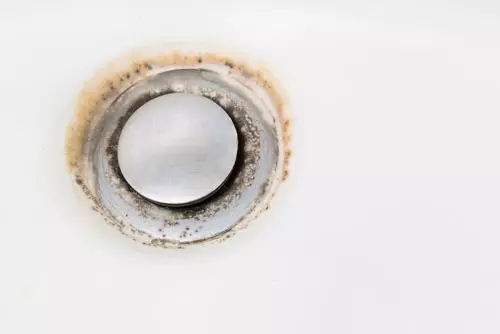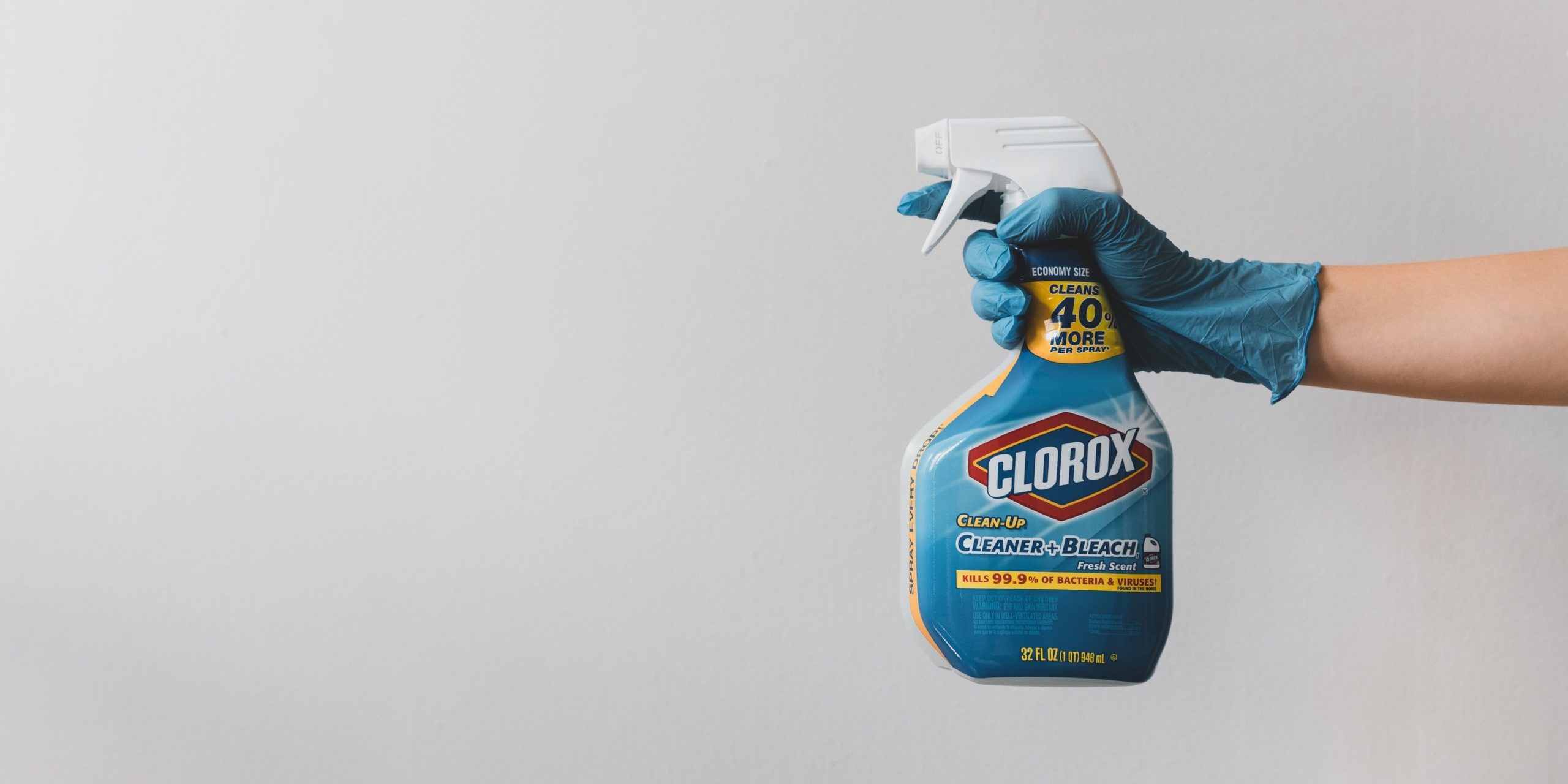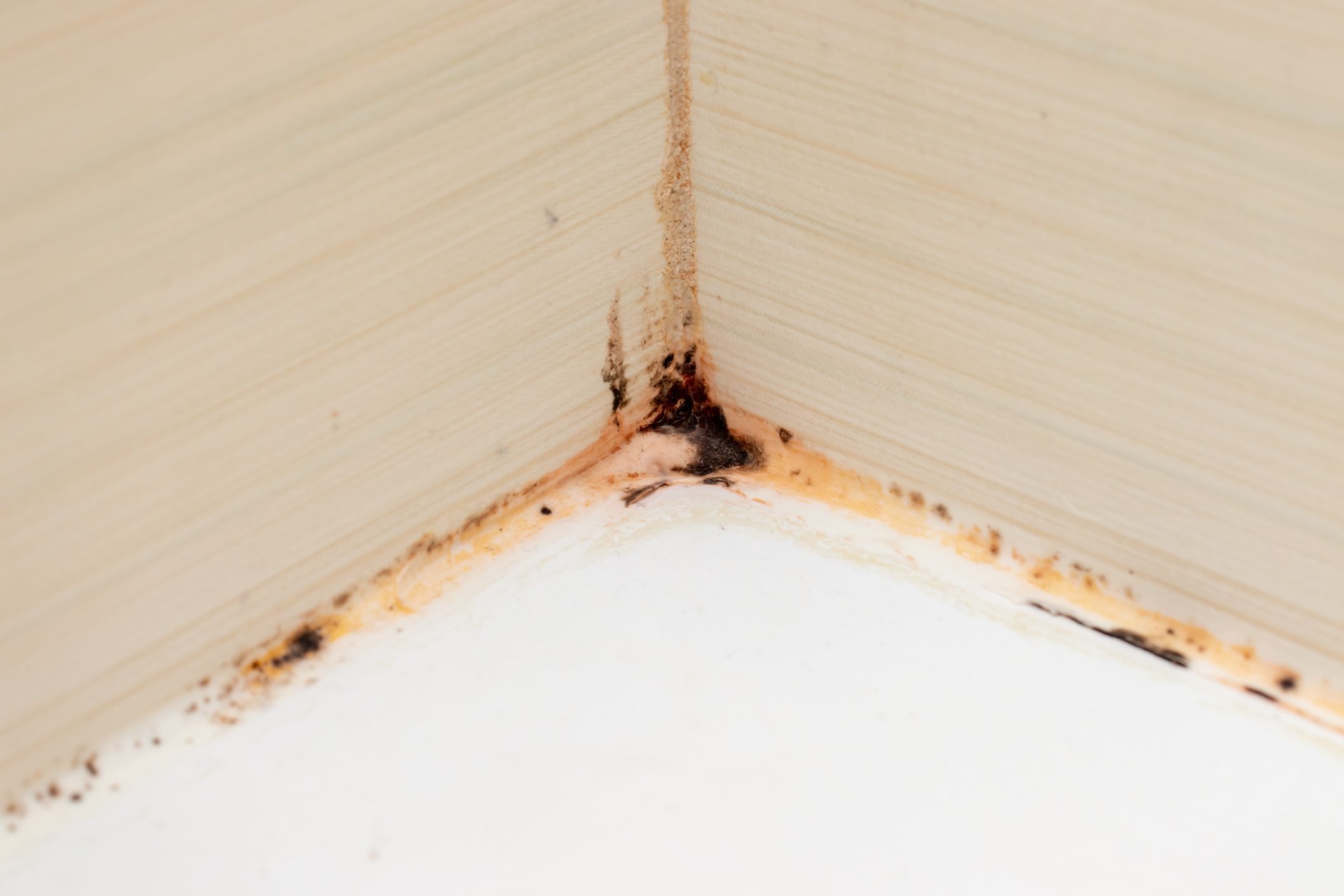
What is the Pink Slime in My Shower?
The pink slime you’re seeing is most likely caused by a bacterium called Serratia marcescens, which thrives in damp, warm environments—such as your shower. This bacterium isn’t limited to just your shower; it can also grow in other moist areas, including toilets, sinks, and even pet water bowls. It feeds on the fatty substances in soap scum, shampoo residue, and other organic materials that accumulate in wet environments.
Although it is often mistaken for mold, Serratia marcescens is not a fungus but rather a form of biofilm-forming bacteria. It’s known for producing a reddish-pink pigment called prodigiosin, which gives the slime its distinct color.
According to a report from the Centers for Disease Control and Prevention (CDC), Serratia marcescens is commonly found in the environment, including soil, water, and in hospital settings.
Why Does Pink Slime Form in Bathrooms?
Bathrooms are the perfect breeding ground for pink slime because they offer the bacteria exactly what it needs to thrive: moisture, warmth, and a food source (soap scum and organic materials). Here are the primary reasons why pink slime is so common in showers and other bathroom fixtures:
- Soap and Shampoo Residue: Residue from soap, shampoo, and other personal care products provides an ideal surface for bacteria to grow.
- Humidity and Moisture: Showers, baths, and even frequent handwashing increase the moisture levels in your bathroom, creating an environment where bacteria can multiply quickly.
- Lack of Ventilation: Poor ventilation in bathrooms contributes to high humidity, which encourages the growth of bacteria like Serratia marcescens.
- Hard Water: If your home has hard water, the mineral deposits can also contribute to bacterial growth by creating a buildup on your shower walls, tiles, and grout.
These factors combine to make bathrooms, particularly shower areas, an ideal place for pink slime to flourish. Without regular cleaning, the slime can grow quickly and spread to other areas of the bathroom.

Is the Pink Slime in My Shower Dangerous?
While the pink slime itself is not generally harmful to healthy individuals, it can pose risks, especially for people with weakened immune systems. Infections caused by Serratia marcescens are rare but can occur, particularly in hospital settings. This bacterium has been known to cause urinary tract infections, wound infections, and even respiratory infections in vulnerable individuals.
In a home environment, the risk is much lower. However, if the bacteria are left to grow unchecked, they can contribute to unpleasant odors, stains, and potentially irritate skin in some cases. To prevent any health concerns and maintain a clean, hygienic bathroom, it’s best to remove the pink slime as soon as you notice it.
The National Institutes of Health (NIH) advises that while Serratia marcescens infections are rare in homes, maintaining cleanliness is the best prevention.

How to Get Rid of the Pink Slime in Your Shower
The good news is that removing pink slime from your shower is relatively easy, although it requires consistent effort. Here’s a step-by-step guide to eliminating it:
1. Scrub the Affected Area
Start by scrubbing the areas where the pink slime has formed. Use a soft brush or sponge and a cleaning solution made from equal parts vinegar and water, which is effective at breaking down soap scum and biofilm. You can also use a bleach-based bathroom cleaner for tougher stains, as bleach will kill bacteria on contact.
2. Rinse Thoroughly
After scrubbing, rinse the area thoroughly with hot water to remove any remaining cleaning solution and bacteria.
3. Dry the Area
Use a towel to dry the walls, shower curtain, and any other surfaces that were affected. Reducing moisture is crucial in preventing the pink slime from coming back.

4. Use a Mold-Resistant Shower Curtain
If your shower curtain is one of the primary areas affected by pink slime, consider replacing it with a mold- and mildew-resistant shower curtain, which is designed to repel bacteria and moisture.
5. Regular Cleaning and Maintenance
Prevent future pink slime growth by cleaning your shower regularly. Use a mild disinfectant or a vinegar and water solution weekly to wipe down your shower walls and tiles. Also, try to keep your bathroom well-ventilated by using an exhaust fan or opening windows.
Preventing Pink Slime from Coming Back
Preventing the return of pink slime is largely a matter of maintaining a dry and clean bathroom environment. Here are some tips to help you keep the pink slime at bay:
- Increase Ventilation: After every shower, leave the door open or turn on a fan to help moisture escape.
- Squeegee After Showers: Wipe down the walls of your shower with a squeegee to remove excess water.
- Dry Surfaces: Always dry your shower curtain, tile grout, and drains after use to prevent moisture buildup.
- Use Cleaning Products Regularly: Regularly clean your shower with disinfecting products to prevent bacteria from regrowing.
- Install a Water Softener: If you have hard water, consider installing a water softener to reduce mineral buildup that encourages bacterial growth.

FAQ: Pink Slime in the Shower
1. Is pink slime the same as mold?
No, pink slime is not mold. It’s caused by a bacterium called Serratia marcescens, while mold is a type of fungus. Both thrive in moist environments but are biologically different.
2. Is pink slime dangerous to my health?
For most people, pink slime is not dangerous, but it can be harmful to individuals with weakened immune systems. It’s best to remove it regularly to avoid potential health risks and maintain hygiene.
3. Can pink slime cause stains?
Yes, pink slime can leave unsightly stains on your shower curtain, tile grout, and other surfaces if left untreated for long periods. Cleaning it regularly prevents staining.
4. How often should I clean my shower to prevent pink slime?
Cleaning your shower at least once a week with a disinfecting solution can help prevent the formation of pink slime. Also, drying the shower after each use will reduce moisture and make it harder for bacteria to grow.
5. Does hard water make pink slime worse?
Yes, hard water can contribute to the buildup of soap scum and minerals, which provide a food source for bacteria like Serratia marcescens. Installing a water softener can help mitigate this problem.
Conclusion
While the pink slime in your shower may be unpleasant to look at, it’s a common issue that can be effectively managed with regular cleaning and proper bathroom maintenance. Understanding what causes the pink slime, its potential health risks, and how to eliminate it will help you keep your bathroom clean, safe, and slime-free.
If you’re dealing with persistent bacteria or mold issues in your home, Citywide Mold Mitigation offers professional cleaning and remediation services to help you maintain a healthier living environment. Contact us today to learn more.

